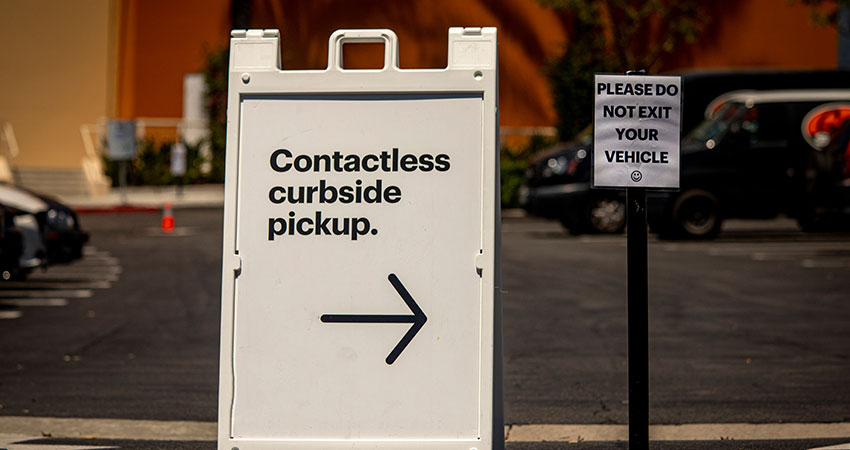Retailers are working tirelessly to limit the time spent in stores in order to keep employees and shoppers safe as a result of the COVID-19 pandemic. Buy online, pickup in store (BOPIS) and especially curbside pickup have been gaining momentum, but rapid adoption is now critical as retailers look to provide another level of convenience as safety precautions take center stage.
Those who have embraced omnichannel retailing by allowing customers to do everything from browsing to payment on their personal device have found it much easier to adapt and ensure the safety and health of both employees and shoppers. However, this crisis will serve as a catalyst for long-term process changes across the industry as consumers test, learn and start to prefer these new fulfillment and checkout options.
Fully Contactless Transactions
Beyond the foundation of the in- or at-store pickup process, there are a number of other benefits for customers that retailers should be taking advantage of.
For example, smartphones can be used to drive a personalized experience before the customer even arrives at the store. Notifications and messages about relevant promotions or products can be shared instantaneously to improve the online aspect of purchasing products. While BOPIS allows for increased convenience, the use of mobile applications also allows consumers to shop on their own terms as they add items to their digital basket.
Completing the transaction often happens online, but to validate the sale – ensuring the right person picks up the order and that substitutions are accounted for – requires in-person steps as well. Most retailers require a final signature at pickup, but that is less appealing in an environment where contactless transactions are able to limit interaction and touch.
Whether the customer chooses curbside pickup or BOPIS, the final step involves either a mobile device or a contactless card to confirm a purchase. With pre-loaded credit card information or a simple tap with RFID or NFC, consumers can easily pay for their products without requiring a PIN or signature, minimizing contact and interaction.
Use Light Solutions to Enable Instant Deployment
Retailers need a solution now to provide these contactless applications in and around the store. This immediate need to enable simple and reliable ordering for critical consumer goods means stores must overcome complicated integrations and quickly deploy the basic functionalities needed today. To do this, system integrations can be bypassed in the short term to make critical service improvements that can be addressed over time.
Retailers can then enable more interfaces, such as pricing and promotions features, later on. By eliminating the need to integrate with existing systems, retailers are able to focus on ensuring their customers can safely get the products they need, while also delivering exceptional service and protecting all customers and employees.
The Right Technology at the Right Time
With social distancing measures in place, one in 10 shoppers have tried BOPIS for the first time during the pandemic, while 13% have increased the frequency in which they use it. These shopping habits will likely stick after the crisis has passed, and the growing familiarity and adoption of online grocery will have a long-term impact on the acceleration of BOPIS and curbside pickup.
COVID-19 has taught everyone how important it is to future-proof the retail industry in order to prosper in a tough and fast-changing climate. The key is to find ways to cater to safety and convenience at the same time, and do it as fast as possible.
Michael Jaszczyk is CEO of GK Software USA

